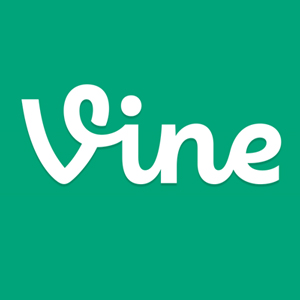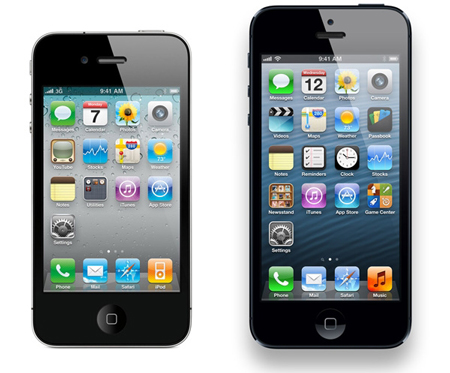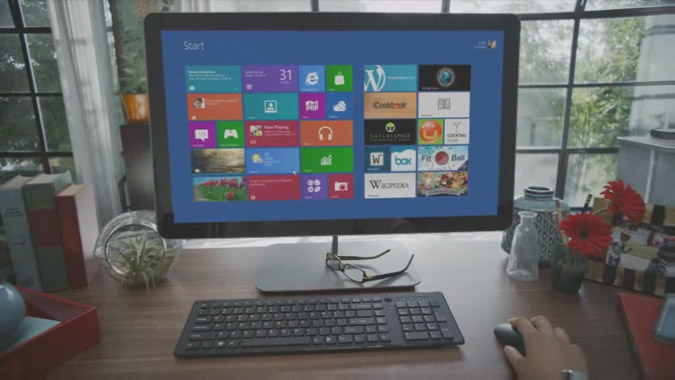|
It's the latest social media craze that's getting marketers excited - Vine, the 6-second video app. It's done for video what Instagram did for photos, and like Instagram it has been bought by one of the biggest players in social - Twitter. What we find absolutely brilliant about Vine (and similar apps) is that is gives marketers with limited budget and technical skill the chance to do something creative. |
What you don't need:
A massive marketing budget, full camera crew, expensive video editing software, the technical skill to operate camera equipment and software

What you do need:
A great idea, an iPhone or iPad (Vine isn't on Android yet, but there are plenty of alternatives!)
You also need to be clued up on social media! Unfortunately, it's not as easy as just posting some videos and watching the money roll in. Our social media courses will help you market your brand through social channels using tools such as Vine. Combined with content marketing training you will be ready to make the most of social video.
You may think that 6 seconds is restricting, but that restriction forces you to think - What can I fit in 6 seconds? Think of it as the video version of an elevator pitch.
A 6 second video is a viable way of getting your message across in today's crowded social networks. It's easier to convince a passer by to stop for 6 seconds than for 6 minutes.
Craig Charley
26 Apr 2013
In this post, our responsive web design trainer Giselle guides you through the differences between Media Types and Media Queries with regards to modern web design.
Media queriesis a new module in the CSS3 W3C (World Wide Web Consortium) specification. Media Queries combine the older Media Types, which target a particular media type - e.g. a screen - with conditions that must be met by a particular device in order for a set of styles to be applied to it - e.g. the width of a screen. Media queries enable you to change the appearance of your site for different devices while the HTML remains the same (although some of it may be hidden).
You can learn more about Media Queries in ourResponsive Web Design training.
Media Types
In the CSS2 specification Media Types targeted different devices but did not allow you to differentiate between devices of the same type but with different physical characteristics, e.g. two mobile phones with different screensizes.

Stylesheets for specific media were specified in the
of a page,
Orwithin a style sheet,
@media print {
body {
font-size: 12pt;
}
}
Other difficulties with Media Types included the fact that early mobile device browsers ignored them for the most part and later browsers defaulted to screen-based style sheets.
Giselle
4 Jan 2013
If Windows 8 proves to be as popular and widely adopted as Windows 7, it could be huge for apps and responsive web design, taking the formats from mobile to a mainstream desktop market.

The booming mobile industry (dominated by iOS and Android) has seen apps go mainstream in the last few years. It has also prompted a radical change in web design with a desire for responsive design that adapts to browser size.
However, the number of websites with responsive design is still minuscule, and apps are still mostly for personal use on mobile devices. True synchronicity between desktop and mobile, (and between work and home) is still a long way off.
Windows 8 could be the catalyst to take app development and responsive design from mobile to desktop.
Stay ahead of the curve with our range of mobile development courses. We run Android App courses for native app developers as well as our highly popular mobile web week workshopwhich includes a day on responsive web design.
Windows 8 Apps
Sorry developers, it looks like you're going to have to learn to make apps for Windows 8 on top of Android and iOS.
Taking Apple's latest OSX update a step further, Microsoft have unveiled an operating system to work on all devices, desktop and mobile, by focusing on apps. They're a bit late to the party, with Apple have had an App store on desktop for a long time. But despite Apple's break into the market, Windows is still by far the global operating system of choice, particularly in workplaces.
Like Apple's App Store and Google Play, Microsoft is launching its own closed app marketplace and this is expected to become the norm for downloading software as it's often seen as 'safer' than downloading straight off the web, and easier than going into a shop and buying a disk.
Aaron Charlie
25 Oct 2012